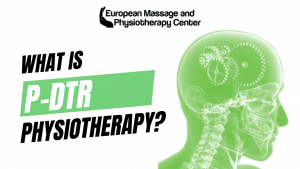Displaying items by tag: physiotherapy
Decompression Table Therapy
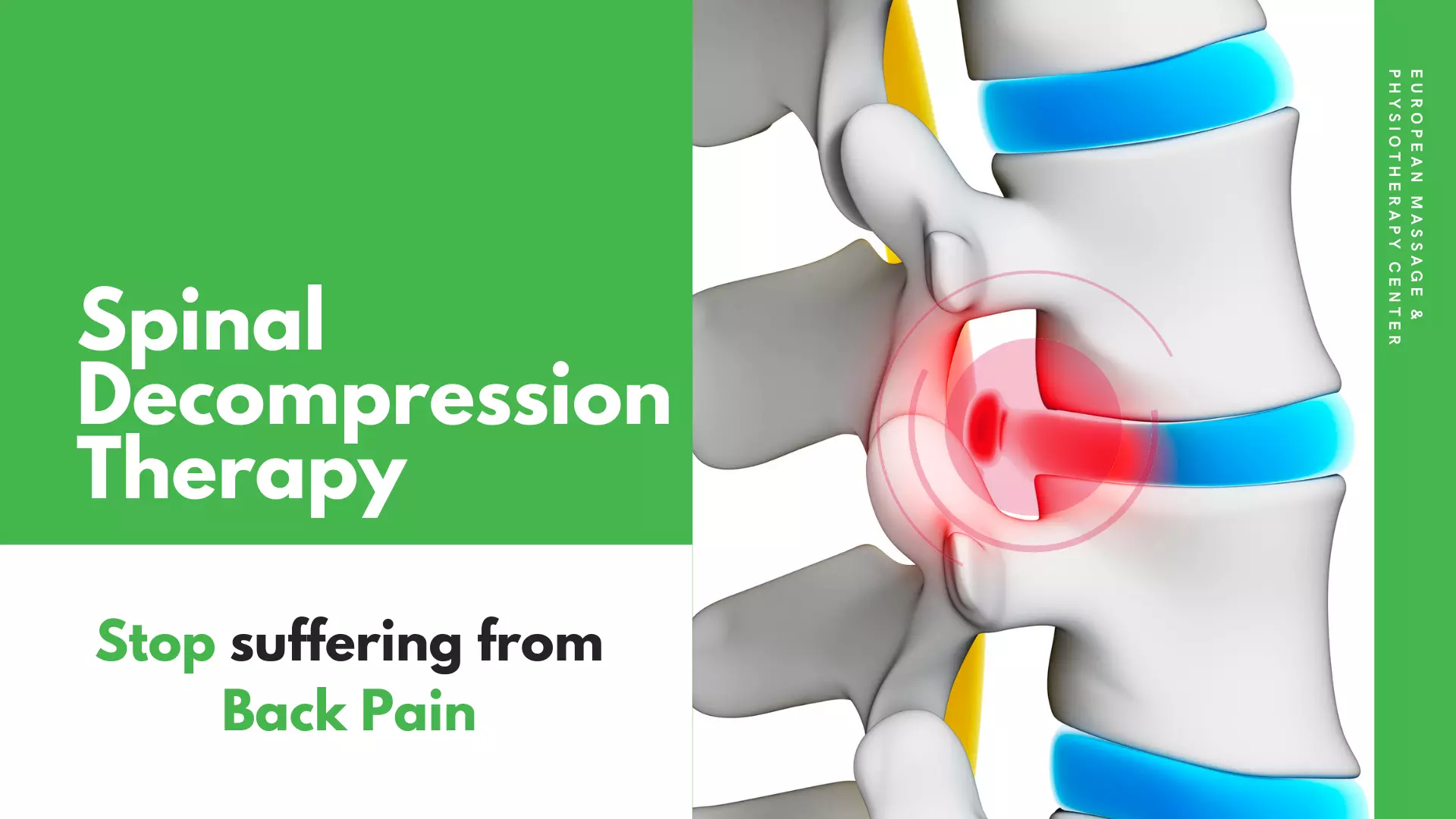
Spinal Decompression Table: A Solution for Back Pain
Back pain is a common problem affecting millions of people worldwide. While there are several ways to manage it, one of the most effective is through the use of a spinal decompression table. This therapy uses traction to stretch the spine, relieve pressure, and promote healing. In this blog, we will discuss what a spinal decompression table is, how it works, and its numerous benefits.
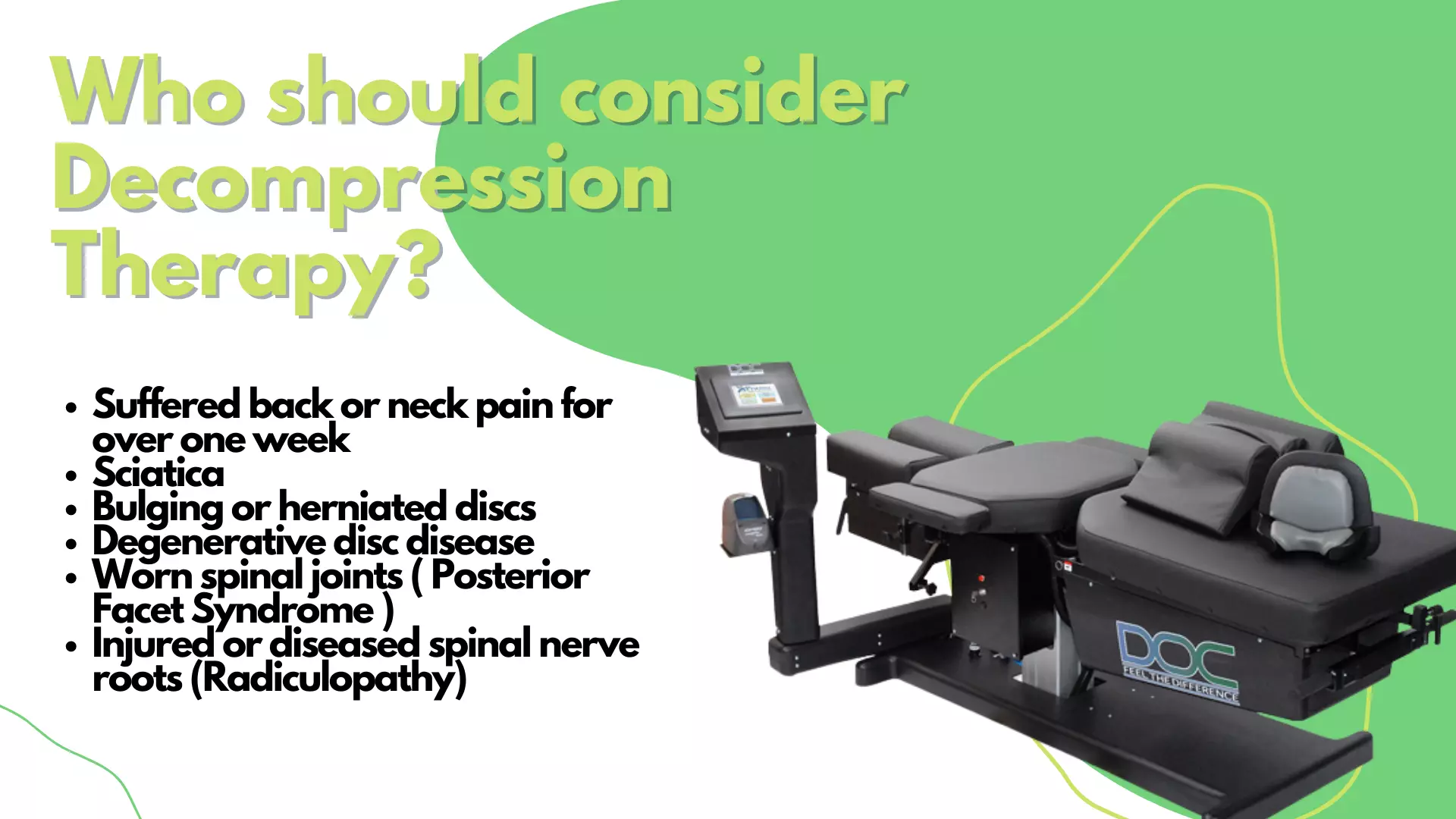
What is a Spinal Decompression Table?
A spinal decompression table is a specialized medical device designed to relieve back pain. It uses traction to stretch the spine and reduce pressure on the vertebrae and discs. The table is equipped with a motor that can be controlled to adjust the amount of traction applied to the spine. The patient lies down on the table and is secured with straps, which help to keep them in place during the therapy session.
How Does Spinal Decompression Work?
The spinal decompression table works by creating a negative pressure within the discs, which helps to pull the herniated or bulging discs back into their proper position. As the spine is stretched, the pressure on the discs is reduced, and the discs are able to rehydrate, which promotes healing. Over time, this can lead to a reduction in pain and an improvement in mobility.

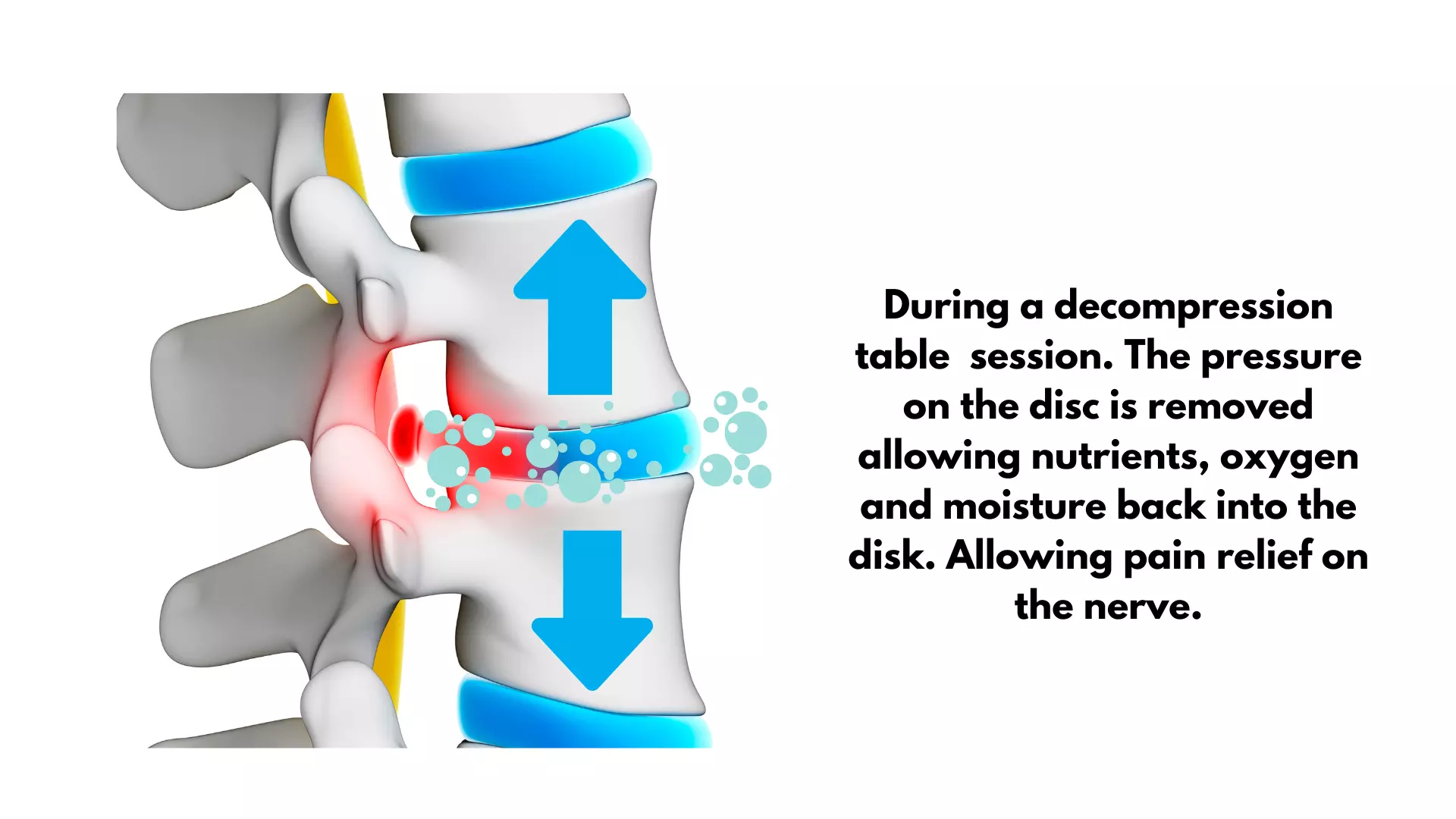
Benefits of Spinal Decompression Table
- Relief from Back Pain: Spinal decompression therapy has been shown to be effective in reducing back pain caused by herniated discs, bulging discs, sciatica, and other conditions.
- Non-Invasive: Unlike surgery, spinal decompression is non-invasive and does not require any incisions or anesthesia.
- Safe: Spinal decompression is considered a safe form of therapy with minimal side effects. It is also a low-risk alternative to surgery.
- Improved Mobility: As the pressure on the discs is reduced, patients can experience improved mobility, allowing them to move more freely and with less pain.
- Long-Term Results: Unlike medications that only provide temporary relief, spinal decompression can lead to long-term results, reducing the need for ongoing treatment.
In conclusion, a spinal decompression table is a safe and effective way to manage back pain. It offers numerous benefits, including relief from pain, improved mobility, and long-term results. If you are suffering from back pain, consider spinal decompression therapy as a potential solution.
Note: It is important to consult with a medical professional before starting any form of therapy to ensure that it is safe and appropriate for your specific condition. Call and book a free consultation with one of our physiotherapist!
What is P-DTR Physiotherapy?
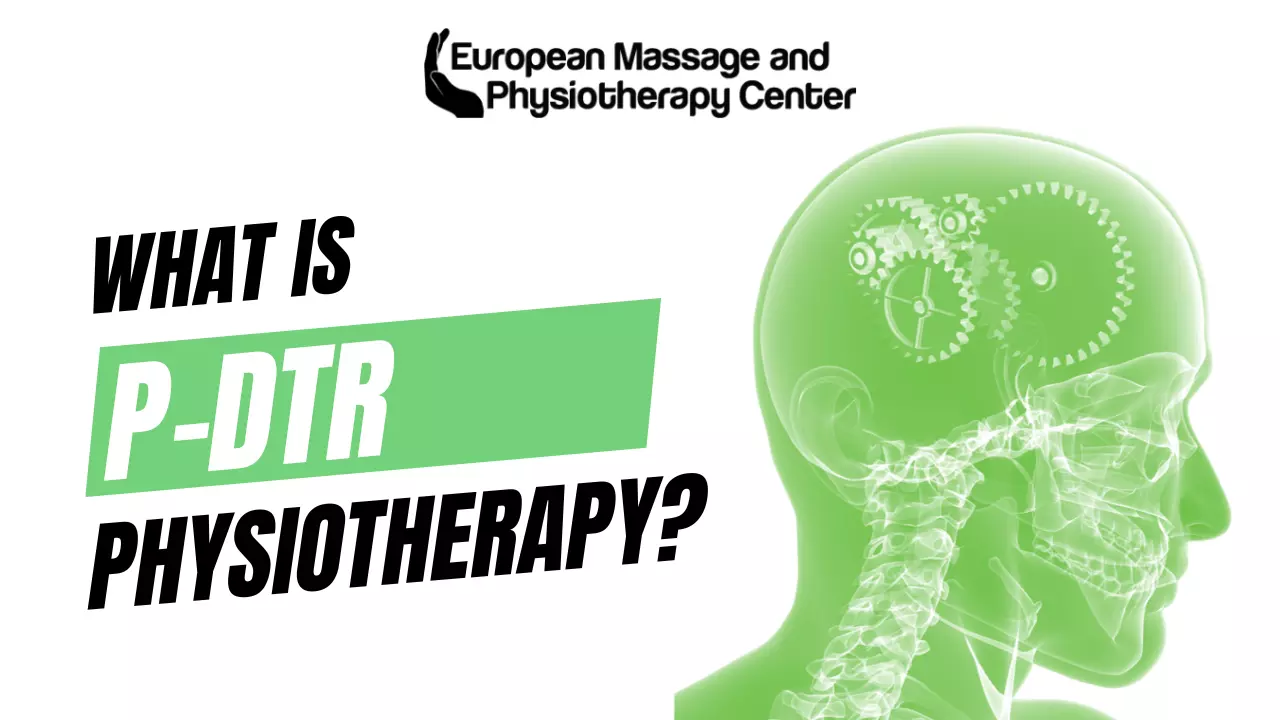
P-DTR or Proprioceptive Deep Tendon Reflex is a system that identifies and treats dysfunctional muscles, sensory nerve pathways, and receptors. P-DTR was developed by Dr. J. Pollmer, an orthopedic surgeon. P-DTR is based on the latest neuroscience achievements.
P-DTR Physiotherapy treats those with chronic and stubborn recurring pain that have not responded to traditional treatments.
Before explaining further what P-DTR is, we first must understand how pain works. Pain is an important defence mechanism; it warns the body about potential or actual injuries or diseases so that protective actions can be taken.
When you touch a hot stove, receptors called noxious signals send impulses to the spinal cord, which relate the information to the brain. The brain interprets the information as pain, localizes it, and sends back instructions through their receptors for the body to react. These receptors can become sensitized over stimulated or subject to some trauma causing dysfunctions in our nervous system. Dysfunctions cause inaccurate information to be transmitted to the brain, for example, once you injure your knee. Once that issue or injury heals, the receptors may stay sensitive to stimuli like to stretches and pressure because they are trying to protect from future problems. The brain at that point senses any danger it has to create an output leading to pain and weakness.
